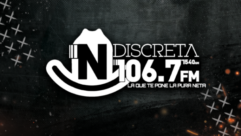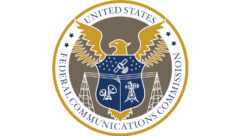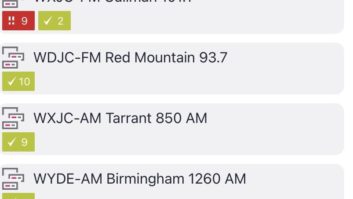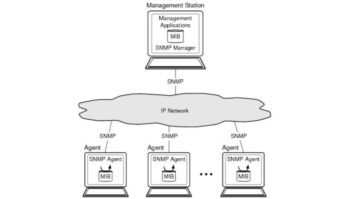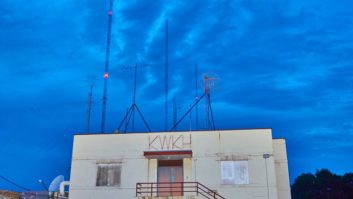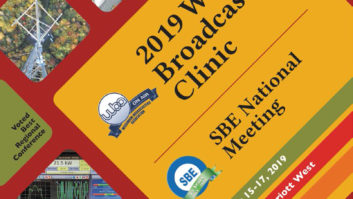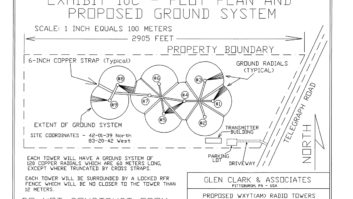On Nov. 29, 2001, the National Radio Systems Committee issued a report stating, “The performance of the Ibiquity FM IBOC system as tested represents a significant improvement over today’s existing analog service.”
The NRSC recommended that this system be authorized as an enhancement to FM broadcasting in the United States.
These were the conclusions that culminated a very exhaustive testing and evaluation process that looked at all aspects of this system from both objective and subjective points of view. Extensive laboratory and field tests were conducted with heavy reliance on subjective listening tests that compared the digital signal to the host analog signal under identical conditions.
The complete report including appendices contains 215 pages and is available at the NRSC Web site, www.nab.org/SciTech/Fmevalreportfinalfinal.pdf.
For the broadcaster, this report can be best summarized by looking at the overall quality, durability and coverage of the digital signal as well as its compatibility with its host analog signal and its effect on the signals of adjacent channel stations.
Audio quality: I believe a well-engineered FM station can produce good to excellent audio quality in a good receiver when not subjected to external conditions that could degrade the signal. If receiving conditions were always perfect, there would be no need for IBOC. The NRSC test procedures required laboratory and field testing of the signal under all receiving conditions with direct comparisons to analog reception under identical conditions.
(click thumbnail)Fig.1: Comparison of FM IBOC and Analog Audio Subjective Evaluation Results Aggregating All Field-Test Conditions.
The NRSC selected Dynastat Labs Inc. of Austin, Texas, to perform subjective listening tests using standard research methods and compare the results using standard “mean opinion score” scoring. The audio quality superiority of IBOC is best summarized in Fig. 1.
This graph is an aggregate of all field testing under all conditions with five different program formats. IBOC is a clear winner, scoring good to excellent for all formats. Identical tests for two automobile receivers scored between fair and good.
Clearly, IBOC audio quality under a wide variety of receiving conditions is a significant improvement over analog.
Durability: Much of the report covers the durability of the IBOC signal. The superiority of IBOC in this area is best illustrated in the so-called “ticker” test, as participants were asked to listen to a series of long audio samples taken along normal mobile routes that contained multipath and other forms of signal degradation.
The signal was recorded on an IBOC receiver as well as an OEM and after-market analog receivers. Listeners made a “tick” by pressing a button whenever they heard any impairment regardless of form or duration.
The results of this test are shown in Fig. 2. The analog receivers encountered more than five times as many impairments than the IBOC receiver. Certainly, this is a significant improvement.
(click thumbnail)Fig. 2: This is a comparison of FM IBOC and analog automotive receivers using the so-called ‘ticker’ test. Each ‘tick’ corresponds to an audio impairment — tick, pop, click — heard by listeners on field-test audio obtained simultaneously from FM IBOC and on two FM automotive receivers.
Coverage: The NRSC field test results indicate IBOC FM coverage is comparable to analog and that reception within this coverage area is superior due to its durability and resistance to multipath and other forms of interference.
At the edge of digital coverage, the “analog blend” feature of IBOC allows a smooth transition to the host analog signal.
Compatibility: The NRSC concluded that listeners should not perceive any interference to the host analog signal of a station broadcasting IBOC.
There should be no interference to the reception of co-channel stations, but under certain circumstances, a relatively small amount of interference can occur in the analog reception of first- or second-adjacent channels.
First-adjacent interference: Listeners within the protected contour of a station should not perceive interference from first-adjacent stations. However, the potential does exist for some interference in some areas beyond the protected contour. When present, this interference will exhibit itself as an increase in background noise.
Second-adjacent interference: Tests indicate that most automobile and portable receivers should not be impacted by second-adjacent interference.
A very limited number of receivers of the home hi-fi design may receive interference in the presence of a second-adjacent IBOC signal that is 30 to 40 dB greater than the desired signal.
Impact on SCAs: The test data indicates that there should be no adverse impact on digital SCAs. However some questions remain concerning the performance of some low-cost receivers used for aural SCA reception.
Ibiquity, National Public Radio and the International Association of Audio Information Services will perform additional tests and submit the results directly to the FCC.
This report has been sent to the FCC and the NRSC anticipates that the agency will consider the document in the ongoing rulemaking to determine the future of digital terrestrial radio broadcasting in the United States. The FCC has sought public comments on the report; those are due Feb 19.
I am sure the commission will give this report great scrutiny and if the commission agrees with the NRSC, I hope that the agency will move quickly to conclude the rulemaking process with the adoption of the Ibiquity FM IBOC system for use in the United States.
At press time, the NRSC anticipated that Ibiquity would submit its AM IBOC test results to the NRSC for evaluation during the month of January.
Where do we go from here?
Although I believe FM IBOC is a significant improvement over the analog system we have today, it is not perfect. A search of this 215-page document will show flaws that we wish were not there, but it will also reveal many reasons why broadcasters should embrace this new form of FM broadcasting.
I believe that, taken as a whole, the improvements provided by FM IBOC are significant. Will these improvements be so significant that consumers will run to their local store to purchase these receivers? I think not; nor do I have any reason to believe that receiver manufacturers will bring these receivers to market without a consumer demand. For IBOC to succeed, we will need a cooperative effort between Ibiquity and broadcasters to get stations on the air quickly.
This cooperative effort is necessary because if broadcasters do not move forward and support IBOC, it and Ibiquity will fail – and if IBOC fails, we, the broadcasters, will also suffer.
I believe that radio will in some form follow television, telephones, the Internet and all other forms of communication, and become a digital medium. If not IBOC, digital terrestrial radio will likely end up in new spectrum – possibly a couple of soon-to-be-vacated TV channels.
If this is the case, radio broadcasters may find themselves in a bidding war for new spectrum as a means of survival.
RW welcomes other points of view to [email protected].




